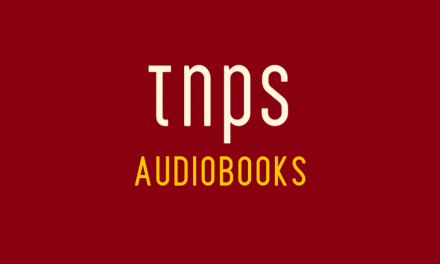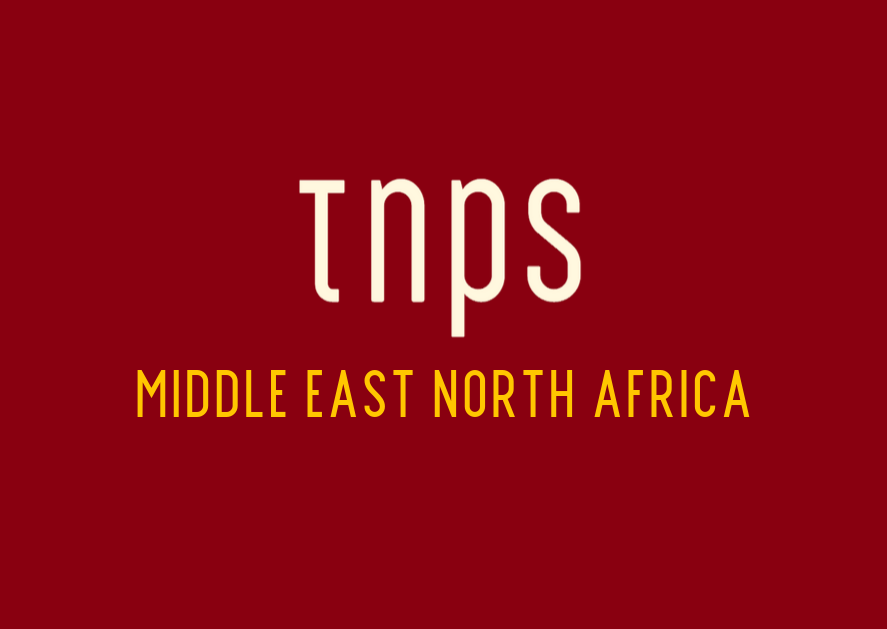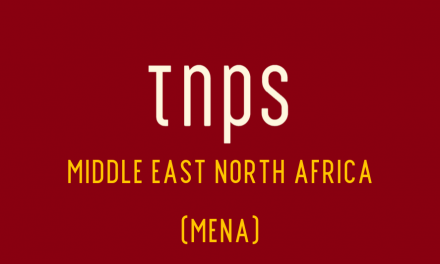Not for the first time, a major Hollywood movie opened in China before the US, but hopes of a stellar performance were dashed. The fourth movie in the hugely successful Toy Story franchise went head to head with a re-release of a 2001 film from Japan, and came out behind.
In The Hollywood Reporter’s own words,
It’s an animation smackdown for the ages.
I’ll let THR take up the story.
Disney/Pixar’s Toy Story 4 opened head-to-head against a re-release of Hayao Miyazaki’s Japanese anime classic Spirited Away in China on Friday — and by mid-afternoon in Beijing, the winner was already overwhelmingly apparent.
Disney’s latest 3-D animation juggernaut — produced for nearly $200 million — has proven no match for kindly old Miyazaki’s hand-drawn coming-of-age classic from 2001.
Spirited Away had earned $4.7 million (RMB 32 million) as of 2pm, local time, compared to just $1.5 million (RMB 9.93 million) for Toy Story 4.
Okay, so those were first day figures and no doubt there’s been plenty of cash rolling in since, but this post is about the bigger picture, not these two films.
Even so, I defer to THR for further background.
Spirited Away is the latest success for Japanese Studio Ghibli, which has begun re-releasing Miyazaki’s anime classics in the Chinese market. None of Miyazaki’s films were distributed in China during the time of their original release, but decades of piracy has built a large and dedicated Miyazaki fan-base in the Middle Kingdom.
Ghibli tested the waters last year with its first re-release, bowing Miyazaki’s My Neighbor Totoro (1993) in China in December. It earned a healthy $25.8 million, encouraging Ghibli to forge ahead with a Spirited Away re-release in partnership with state-backed distributor China Film Group.
Let’s pause there to consider part of that statement.
…decades of piracy has built a large and dedicated Miyazaki fan-base in the Middle Kingdom.
Not here to get into the piracy debate other than to say, store away this little snippet for another day. Yesterday’s pirated content fans might become tomorrow’s paying fans.
But let’s get to the real point here, which is the analysis from THR as to why Toy Story 4 could not muster more box-office action.
Toy Story 4‘s lackluster performance in China is perhaps less surprising given that none of the first three Toy Story titles were released theatrically in the territory. Toy Story 3 came out in North America in 2010, just as China’s box office was growing to become a major force in the global distribution landscape. The territory was essentially a non-entity, business-wise, back in 1994 and 1999, when the first two films in the franchise were released.
Rewind just a few years and we can say exactly the same about the China publishing market.
China of course has always been a substantial publishing market simply by dint of its population, but for pretty much as long as we’d care to remember the China book market was regarded as a haven of piracy, a business backwater, and not a market to take seriously.
Things really only changed in the middle of this decade, when the western publishing community began to sit up and take notice, but still China is an afterthought market.
There may be a few forward thinking publishers who are doing what Hollywood is doing and getting books released in China simultaneously with the domestic markets, or even, as with Toy Story 4, slightly ahead of the domestic release date.
But by and large western publishers are not taking seriously the opportunity this vast market presents. Their loss.
But I’ll end this piece by taking a step further back to see the bigger picture still.
Because just as Hollywood, and publishers, have for years ignored China so they have ignored key regional markets like Latin America, SE Asia, eastern Europe, central Asia, MENA and of course Africa.
Lately Latin America has become sexy for publishers, and SE Asia has recently began to show up on publishing’s radar.
Those publishers making their moves now to right the wrongs of decades of indifference will reap the rewards.
For markets such as Africa, MENA and central Asia the challenges are certainly daunting, but as regular TNPS readers will know, things are changing fast. Perhaps most so in Africa, as witness the IPA Seminar in Nairobi earlier this month.
As we enter the 2020s it really is time publishing woke up to the fact that the global book market today is, literally, global.
In the 2020s publishers need to tear up the dog-eared, battered copy of the rulebook of archaic twentieth century territorial rights, and take a good look at how the world has changed and is changing.
Territoriality still has a role to play in 21st century publishing, but it needs to be totally re-thought and reinvented to be relevant in a new publishing world where digital (in its widest terms – not just ebooks and audio but online sales, subscription, libraries, digital printing, social media, advertising, etc) is what drives the global book markets to new heights.
It’s 2019. Time publishers stopped partying like its 1999.




